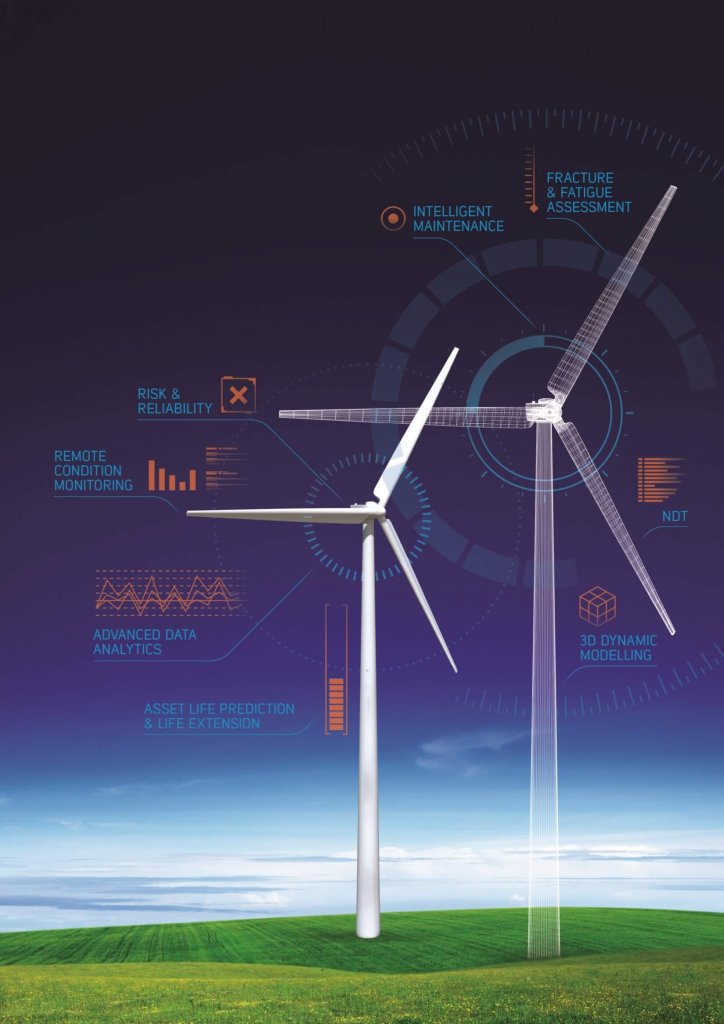Renewable energy is an area within the energy market that has received significant attention in recent years. Countries and individual companies are pushing towards becoming as sustainable and environmentally friendly as possible in order to achieve the emission targets specified by the Paris Agreement. An area that has received significant attention is the wind turbine industry, which has grown from 159 GWe in 2009 to 591 GWe in 2018 (NESGT, 2020). This increase can be due to economies of scale and advancement in technology, specifically in the realm of the use of artificial intelligence (AI).
The use of AI has had a significant impact on the operation of wind turbines. For example, one application of AI is being used for optimization of the power generation of wind farms. The algorithm maintains a stable fluctuation of voltage and supply, leading the electricity generation to be regulated more efficiently (Innovationorigins, 2020).
AI is also being used for maintenance of the turbines. Predictive maintenance works by analyzing large amount of data collected from sensors attached to turbines. Based on this data, the AI algorithm can predict when turbines will need maintenance and thus better coordinate this process. The benefits are reductions in maintenance costs, which has been shown by studies to be up to 47% (Lembergsolutions, 2019).
Floating offshore wind turbines is a wind turbine technology that is advancing rapidly. These types of turbines can be installed in areas of great oceans depths with high wind speeds on the surface. Currently, some versions of this technology keep the turbines in place through the use of mooring lines, anchoring and advanced stabilization technology. Hywind is a project by the Norwegian energy company Equinor that installs these types of turbines where AI is used for the pitching of the blades in order for the turbine to remain stable (Equinor, 2019).
The three use cases above provide evidence that companies are actively using Artificial Intelligence in wind turbines. Advancements in the technology and more data collection will only serve to further the role of AI in this type of renewable energy.
References:
Equinor. (2020). “What we do – Floating Wind”. Viewed on 06 October 6, 2020 from: https://www.equinor.com/en/what-we-do/floating-wind.html
Innovationorgins. (2020). “Artificial intelligence helps optimize windmill safety and energy generation”. Viewed on 06 October, 2020 from:
Lembergsolutions. (2019). “How AI can Make Maintenance of Wind Turbines Bulletproof”. Viewed on 06 October, 2020 from:
NESGT. (2020). “How has the Renewable Energy Market Changed in the Last Decade?”. Viewed on 06 October, 2020 from:
https://www.nesgt.com/blog/2020/01/how-has-the-renewable-energy-market-changed-in-the-last-decade


